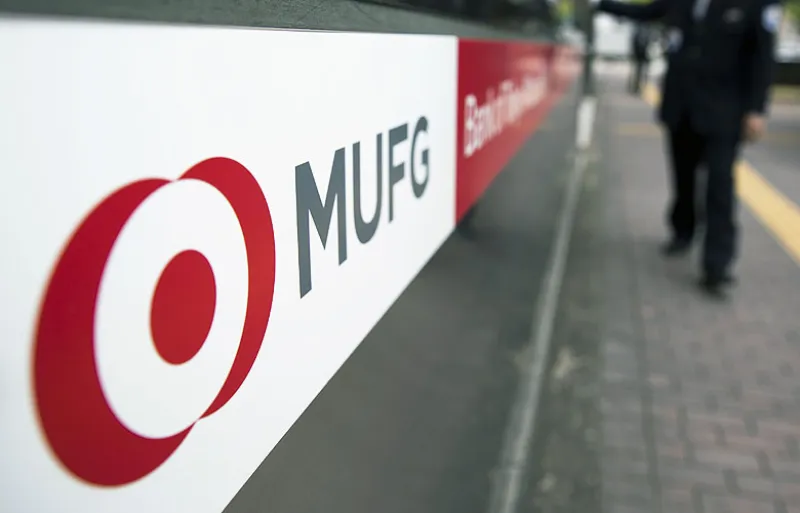The recent announcement that Mitsubishi UFJ Financial Group, one of Japan’s leading financial conglomerates and asset managers, will take a majority stake in PT Bank Danamon Indonesia is the latest example of how major Asian financial players are expanding into Southeast Asia to capture the growing consumption and investment demand of the region’s newly minted middle-class consumers.
MUFG, Japan’s largest lender and one of the nation’s leading asset management firms, announced shortly before the New Year that it had agreed to buy 73.8 percent of Danamon as part of its strategy to expand into Southeast Asia. Danamon is Indonesia’s fifth-most-profitable commercial bank by earnings and offers banking and securities services as well as mutual funds.
The stake will give MUFG access to a market with a population of 260 million, the third-largest in Asia after China and India, and exposure to annual growth of around 5 percent. It also places MUFG in a strong position to capture expected future growth of the nation’s middle class, says Sriyan Pietersz, a Hong Kong-based investment strategist with Matthews Asia, which has about $34 billion in assets under management, including significant exposure to the markets of Indonesia and Southeast Asia.
[II Deep Dive: How to Start a Securities Business After a Banking Crisis]
Indonesia, the 16th-largest economy in the world in U.S. dollar terms, is set to join the top ten by 2032, according to a new study from the London-based Centre for Economics Business and Research.
“As elsewhere in Asia, Indonesia’s rising middle class population is being powered by the growth of manufacturing and service industries and attendant urbanization, and is the largest in terms of scale after China and India,” Pietersz told Institutional Investor in an email.
He noted that the McKinsey Global Institute recently predicted that Indonesia will be a key contributor to a so-called consuming class in Asia ex-Japan and China that is set to double by 2020.
“We are positive on Indonesia’s longer-term prospects, which are underpinned by favorable demographics and geographical location,” Pietersz wrote, adding that the nation’s median age is 26 and that its labor force is well positioned to supply the growing middle-class markets of its even bigger neighbors, China and India, which have a combined population of 3 billion.
“We have long recognized Indonesia’s role as one of the key drivers of the region’s development and have sought to establish a stronger presence in the country,” Takayoshi Futae, MUFG’s CEO for the Asia and Oceania region, said in a statement announcing the Danamon deal.
MUFG has purchased a 19.9 percent stake in Danamon for $1.17 billion from Temasek Holdings, Singapore’s sovereign wealth fund, in the first phase of the transaction. MUFG will buy the remainder of Temasek’s 53.9 percent holdings in the bank in two subsequent phases, according to statements from both MUFG and Temasek, pending regulatory approval and other conditions. The Danamon deal strengthens the Asian presence of MUFG, which has $2.7 trillion in assets spread across Asia, including stakes in Vietnam’s VietinBank, Thailand’s Bank of Ayudhya and Security Bank Corp. in the Philippines.
MUFG’s Danamon deal follows similar transactions by other major Asian financial players in the Indonesia market. In 2015, Seoul-based Shinhan Bank acquired a majority stake in Bank Metro Express, and in 2016, Beijing-based China Construction Bank entered Indonesia by buying Bank Windu.
More of Asia’s biggest financial groups will be seeking a foothold in Indonesia, says Pietersz of Matthews Asia.
“We believe that it broadly makes sense for smaller banks in Indonesia to consolidate,” he wrote.






